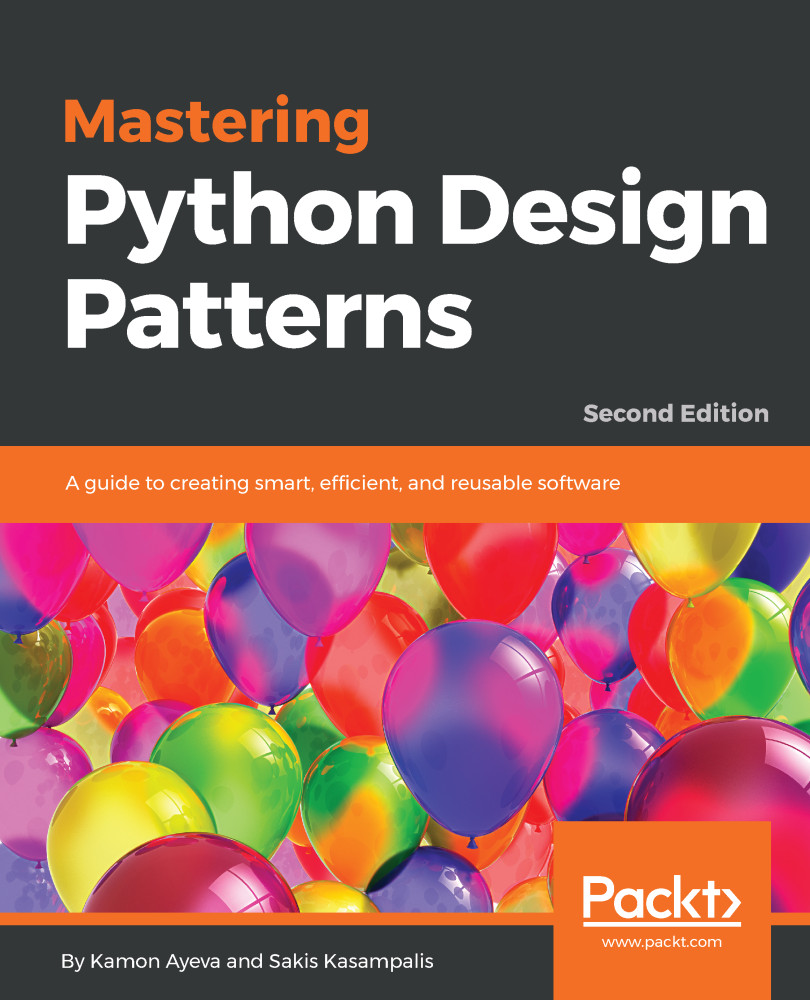In this chapter, we have seen how to use the builder design pattern. We use the builder pattern for creating an object in situations where using the factory pattern (either a factory method or an abstract factory) is not a good option. A builder pattern is usually a better candidate than a factory pattern when the following applies:
- We want to create a complex object (an object composed of many parts and created in different steps that might need to follow a specific order).
- Different representations of an object are required, and we want to keep the construction of an object decoupled from its representation.
- We want to create an object at one point in time, but access it at a later point.
We saw how the builder pattern is used in fast-food restaurants for preparing meals, and how two third-party Django packages, django-widgy, and django-query-builder, use it for generating...


